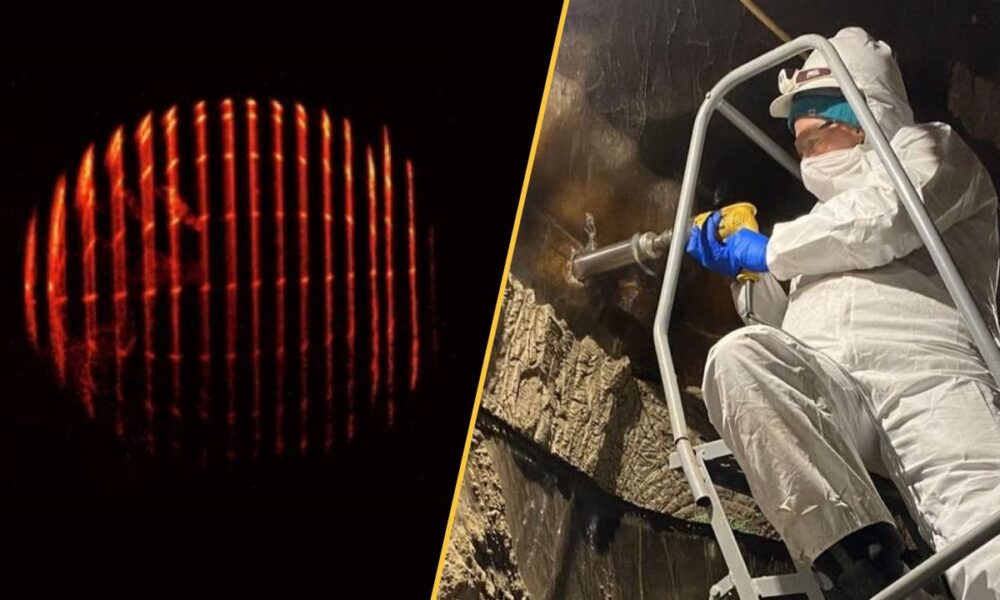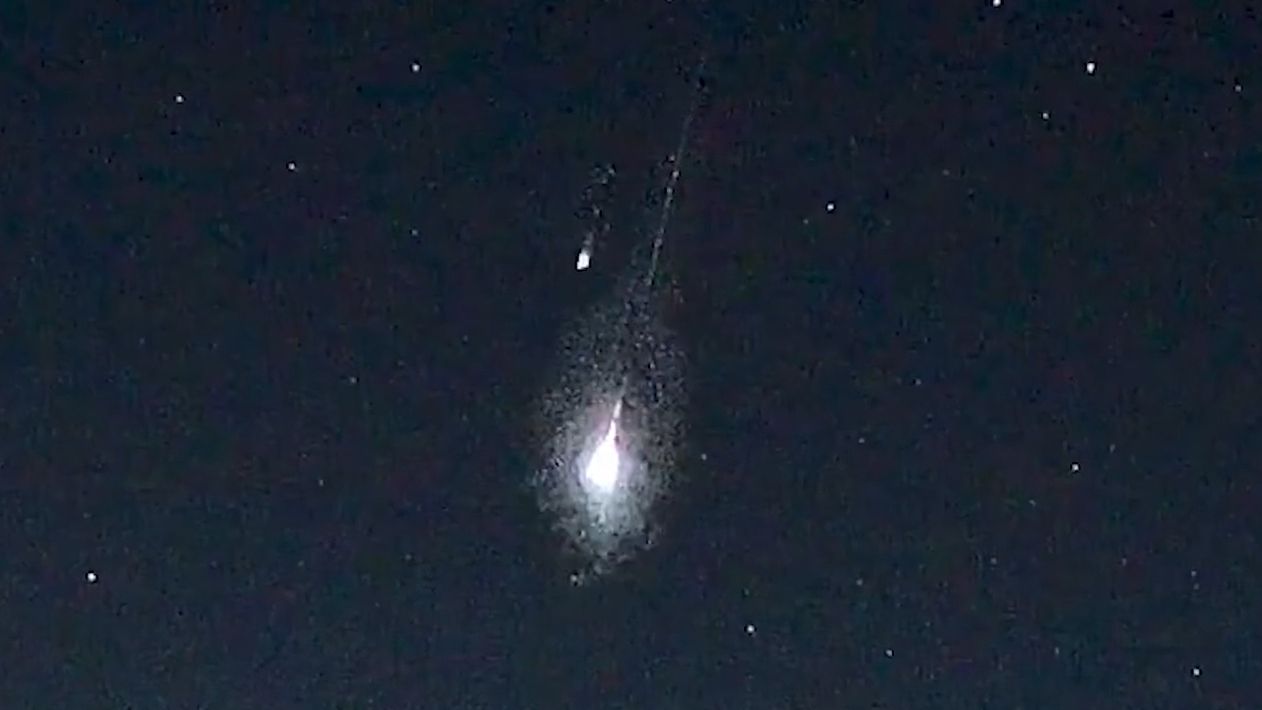A recent study has uncovered a previously unknown genetic lineage in central Argentina, revealing that this lineage has been present for at least the last 8,500 years. Conducted by a team of DNA researchers, the findings aim to fill significant gaps in the understanding of human migration and lineage in the region, which is part of the central Southern Cone of South America. The research, published in Nature, highlights how this lineage has persisted despite environmental challenges over millennia.
Insights from Ancient Genomic Data
The central Southern Cone, which includes a vast section of Argentina, is recognized as one of the last areas globally to be inhabited by humans. While evidence suggests that migration into the region occurred over 12,000 years ago, limited DNA research had previously characterized the lineages associated with these early inhabitants. To address this, the research team analyzed 344 samples from ancient individuals who lived between 10,000 and 150 years ago, successfully obtaining genome-wide data from 238 individuals.
The researchers enriched ancient DNA libraries for over 1.2 million targeted single-nucleotide polymorphisms (SNPs) and compared their findings with existing data from 588 pre-European contact Indigenous Americans as well as contemporary Native Americans. The study employed statistical analyses to assess population structure and genetic mixing among different groups.
Discovery of a Deep Genetic Lineage
One of the study’s key discoveries was the identification of a previously unknown deep genetic lineage that has existed in central Argentina for thousands of years. The researchers found that this lineage remains genetically connected to modern Argentinians. The team noted that despite facing periods of severe drought, this group managed to survive and adapt.
The authors state, “We found that the central Argentina lineage is geographically structured along two clines, one reflecting admixture with central-Andes-like ancestry and the other with Middle Holocene Pampas-like ancestry.” This lineage coexisted with others and became a dominant ancestry in the Pampas region over the last 800 years. Furthermore, the analysis suggests that this lineage began admixing with other groups at least 3,300 years ago, with genetic connections to central Andes populations detectable as early as 4,600 years ago.
The findings provide a crucial framework for understanding the Indigenous population history in Argentina and the broader Southern Cone, contributing to a more nuanced view of the region’s demographic evolution.
Continuity and Isolation of Lineages
While the central Argentina lineage appears to have intermingled with other groups, evidence indicates that it largely maintained a distinct genetic identity over long periods. The study suggests that this genetic homogeneity may be attributed to a kinship-based organizational structure observed in some Argentinian populations.
The analysis revealed an increase in close-kin unions, particularly in northwest Argentina, mirroring patterns seen in the central Andes. The authors explain that this structure could be linked to the origin of the ayllu system, a social and political unit characterized by kinship affiliation and cooperation, favoring within-group marriage to preserve resources.
This research not only sheds light on the genetic history of a previously unrecognized lineage in Argentina but also raises new questions regarding migration and the social structures that shaped Indigenous populations over the ages. Future studies with more comprehensive sampling across various regions and periods may further clarify the dynamics of genetic flow and population interactions in South America.
The work, led by Javier Maravall-López and his team, underscores the importance of ancient DNA research in reconstructing the intricate tapestry of human history in Argentina, offering valuable insights into the resilience and adaptation of its Indigenous peoples.







